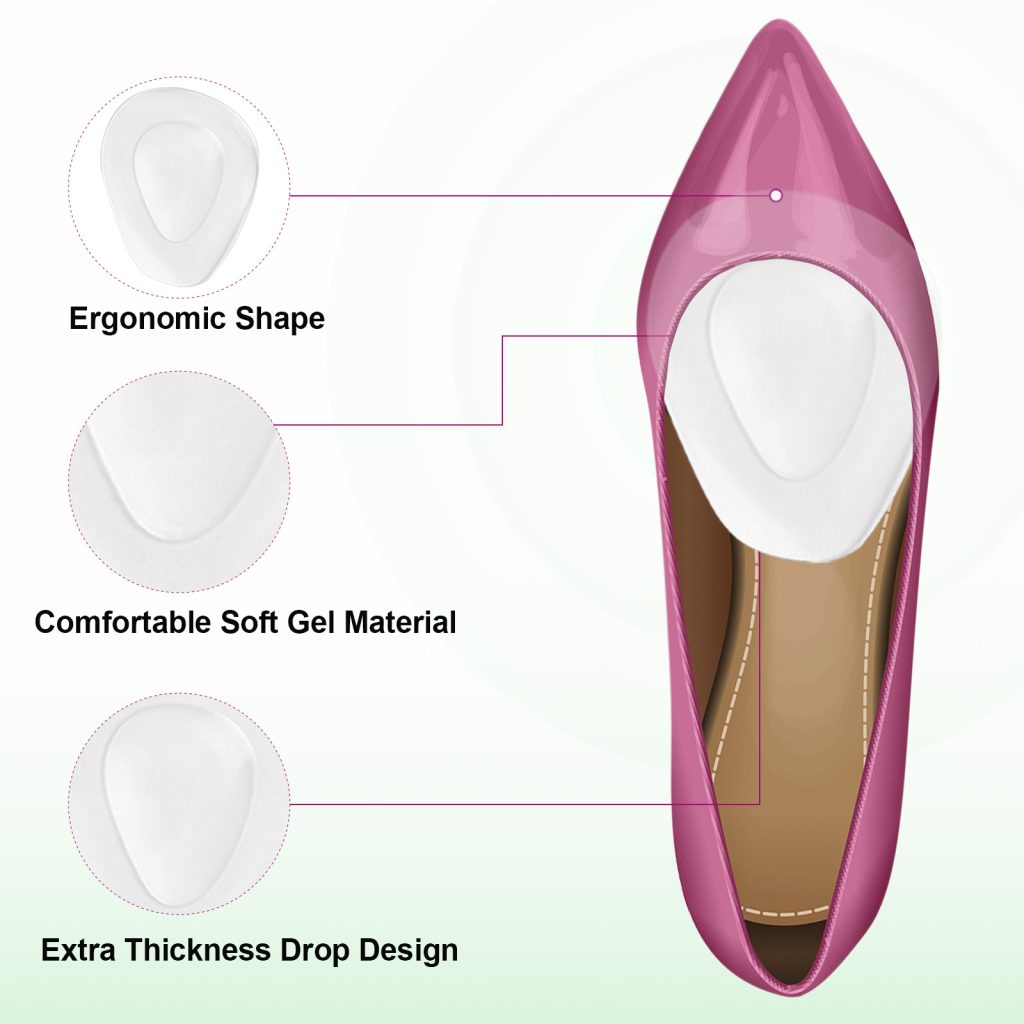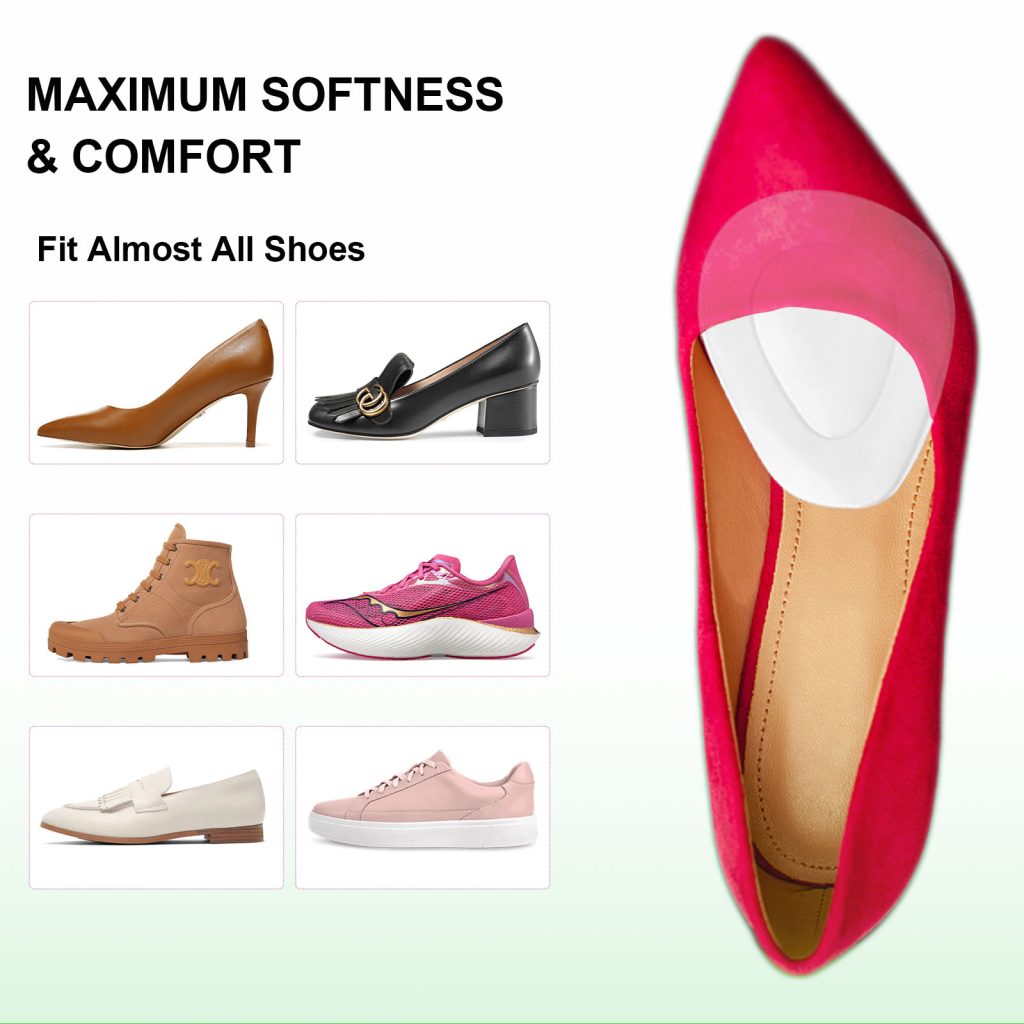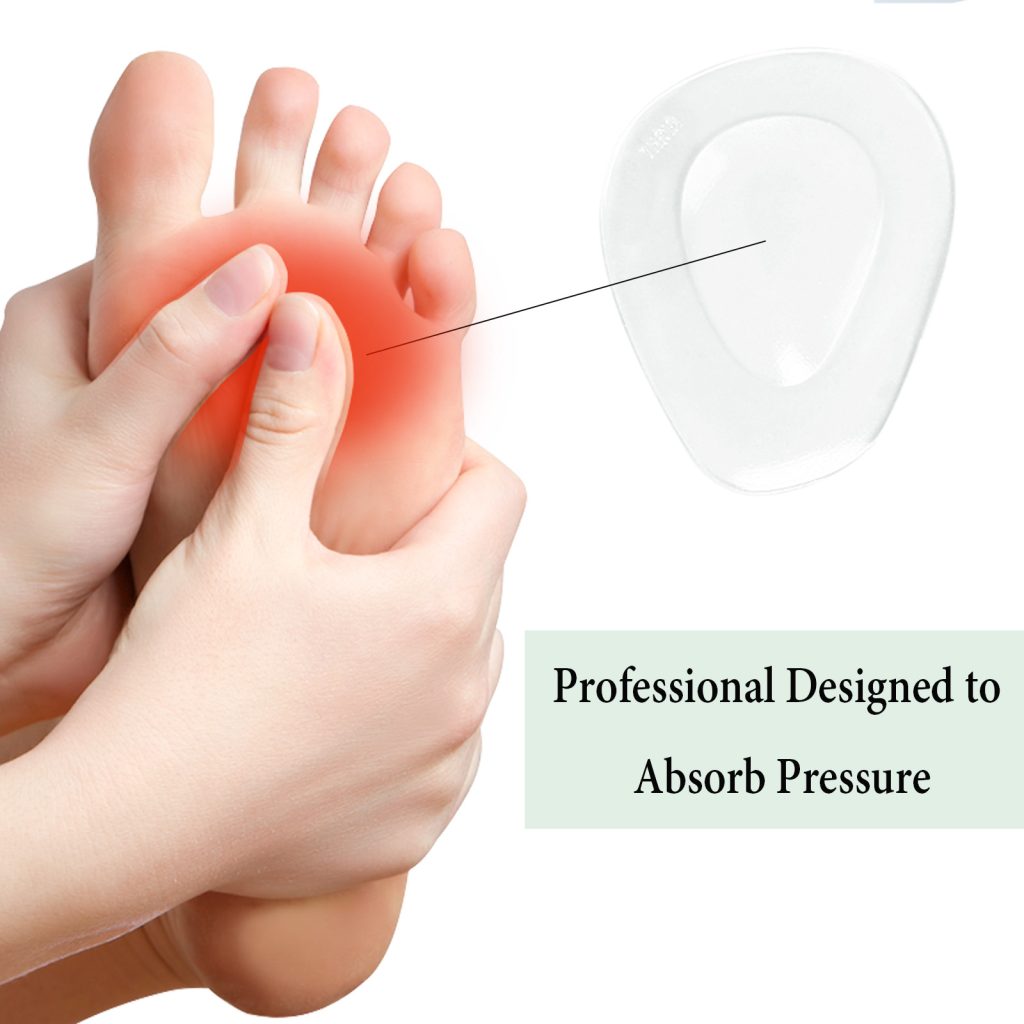-
The Fragile Guardians of Motion: Why Our Toes Deserve Care

A stubbed toe against furniture or an accidental collision with door frames often leaves us gasping in pain – a visceral reminder of how vulnerable these small body parts truly are. Though easily overlooked, our toes play vital roles in maintaining balance, absorbing shock during movement, and enabling agile motions. Their delicate nature demands conscious protection in daily life.
Structurally, toes are evolutionary compromises between flexibility and fragility. Each toe contains multiple tiny bones (phalanges) connected by sensitive joints, with minimal fat padding for protection. Unlike protected organs or reinforced joints like knees, toes sit exposed at the body’s front line, bearing the brunt of impacts during walks, runs, or clumsy mishaps. Even minor injuries – fractured phalanges, bruised nails, or ligament strains – can disrupt mobility for weeks. A 2020 podiatry study revealed that 68% of adults experience at least one significant toe injury annually, often from preventable accidents.
Protecting toes begins with proactive measures. Supportive footwear serves as the first defense; snug (but non-constricting) shoes with reinforced toe boxes shield against crushing forces during sports or manual labor. Athletes, particularly dancers and soccer players, frequently use toe guards or gel pads to prevent stress fractures. At home, clearing clutter from walkways and installing soft corner protectors on furniture reduces collision risks. Workplaces with heavy objects mandate steel-toe boots, preventing catastrophic injuries from falling equipment.
Moreover, toe care extends beyond physical protection. Regular hygiene prevents infections in nail beds, while moisturizing avoids cracks that could become entry points for bacteria. Diabetics must be especially vigilant, as reduced foot sensitivity can turn minor wounds into severe complications.
Ultimately, safeguarding toes is an investment in lifelong mobility. These ten silent workers propel us through life’s journeys – they deserve to be shielded with awareness, proper gear, and deliberate caution. After all, every pain-free step begins with the well-being of our smallest anatomical allies.
-
How to Protect Your Feet in Daily Life: A Practical Guide
Our feet are the foundation of our mobility, yet they often receive less care than they deserve. From work routines to household chores and physical activities, protecting your feet requires conscious effort and smart habits. Here’s how to safeguard your feet in every aspect of daily life:1. Choose the Right Footwear
- Work: Opt for shoes that match your job demands. Office workers should prioritize breathable, cushioned footwear with arch support, while those standing all day (e.g., nurses, teachers) need slip-resistant soles and shock-absorbing insoles. Avoid narrow-toed shoes that compress toes.
- Daily Life: Swap unsupportive flip-flops or worn-out slippers for structured sandals or indoor shoes with proper cushioning. Even at home, avoid walking barefoot on hard surfaces.
- Sports: Wear activity-specific shoes. Running shoes differ from hiking boots or cross-training sneakers in their support and flexibility. Replace athletic shoes every 300–500 miles, as worn-out soles lose their protective qualities.
2. Practice Daily Foot Care
- Inspect Regularly: Check for blisters, cuts, or discoloration daily. Early detection of issues like fungal infections or ingrown toenails prevents complications.
- Keep Feet Clean and Dry: Wash feet daily, dry thoroughly (especially between toes), and apply moisturizer to avoid cracked heels. Use antifungal powder if prone to sweating.
- Trim Nails Properly: Cut nails straight across to prevent ingrown edges, and avoid cutting them too short.
3. Strengthen and Stretch
- Exercise Your Feet: Simple exercises like toe curls, heel raises, or rolling a tennis ball under your feet improve strength and flexibility.
- Stretch Calves and Achilles Tendons: Tight lower-leg muscles strain the feet. Perform stretches like the “wall push” or “step drop” daily.
4. Prioritize Comfort Over Trends
- High heels or ultra-flat shoes may look stylish but often sacrifice support. If wearing heels, limit use to short periods and opt for chunkier heels over stilettos. Use gel inserts for extra cushioning.
5. Address Issues Promptly
- Don’t ignore persistent pain, swelling, or numbness. Conditions like plantar fasciitis, bunions, or neuropathy worsen without timely treatment. Consult a podiatrist for tailored solutions, such as custom orthotics or physical therapy.
6. Adapt to Activities
- Standing/Walking All Day? Take short sitting breaks, shift weight between feet, and consider compression socks to boost circulation.
- Hiking or Running? Wear moisture-wicking socks, break in new shoes gradually, and use blister-prevention patches on friction-prone areas.
Final Tip: Listen to Your Feet
Discomfort is a warning sign. If shoes feel tight, surfaces cause strain, or activities lead to soreness, adjust your habits immediately. Healthy feet mean better balance, energy, and long-term mobility—invest in them wisely! By integrating these strategies into your routine, you’ll not only prevent injuries but also enhance your overall quality of life. After all, every step you take relies on the care you give your feet today. -
Why Foot Care Matters in Everyday Life
Our feet, the unsung heroes of daily movement, deserve far more attention than we typically give them. Whether navigating work responsibilities, daily routines, or athletic pursuits, proper foot care forms the foundation of our physical wellbeing.
In professional environments, footwear choices significantly impact productivity and health. Office workers spending hours seated should opt for breathable shoes that encourage natural foot positioning, while professionals requiring prolonged standing need supportive soles with adequate cushioning. A 2022 ergonomics study revealed that proper work footwear reduces fatigue by up to 40% and lowers risks of chronic musculoskeletal disorders.
Daily life presents subtle challenges – from household chores requiring sturdy slippers to social occasions where fashion footwear shouldn’t compromise comfort. Simple habits make substantial differences: rotating shoes to allow moisture dissipation, performing brief foot exercises while brushing teeth, and inspecting feet weekly for abnormalities. Remember that neglected calluses or ingrown nails can escalate into mobility-limiting issues.
Athletic activities demand particular vigilance. Sport-specific footwear isn’t marketing hype – running shoes differ from basketball sneakers in cushioning distribution and ankle support. The American Podiatric Association recommends replacing athletic footwear every 300-500 miles, as degraded soles lose shock absorption capacity. For high-impact sports, consider custom orthotics to maintain proper biomechanics and prevent stress fractures.
Preventative care proves most effective: maintain healthy weight to reduce pressure on arches, moisturize to prevent cracks that invite infections, and seek professional advice for persistent discomfort. Our feet, bearing 1.5 times body weight with each step, literally carry us through life’s journey. By prioritizing foot health across all activities, we preserve our fundamental capacity for movement and independence.
-




